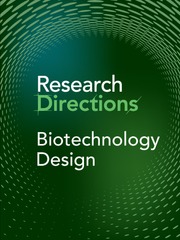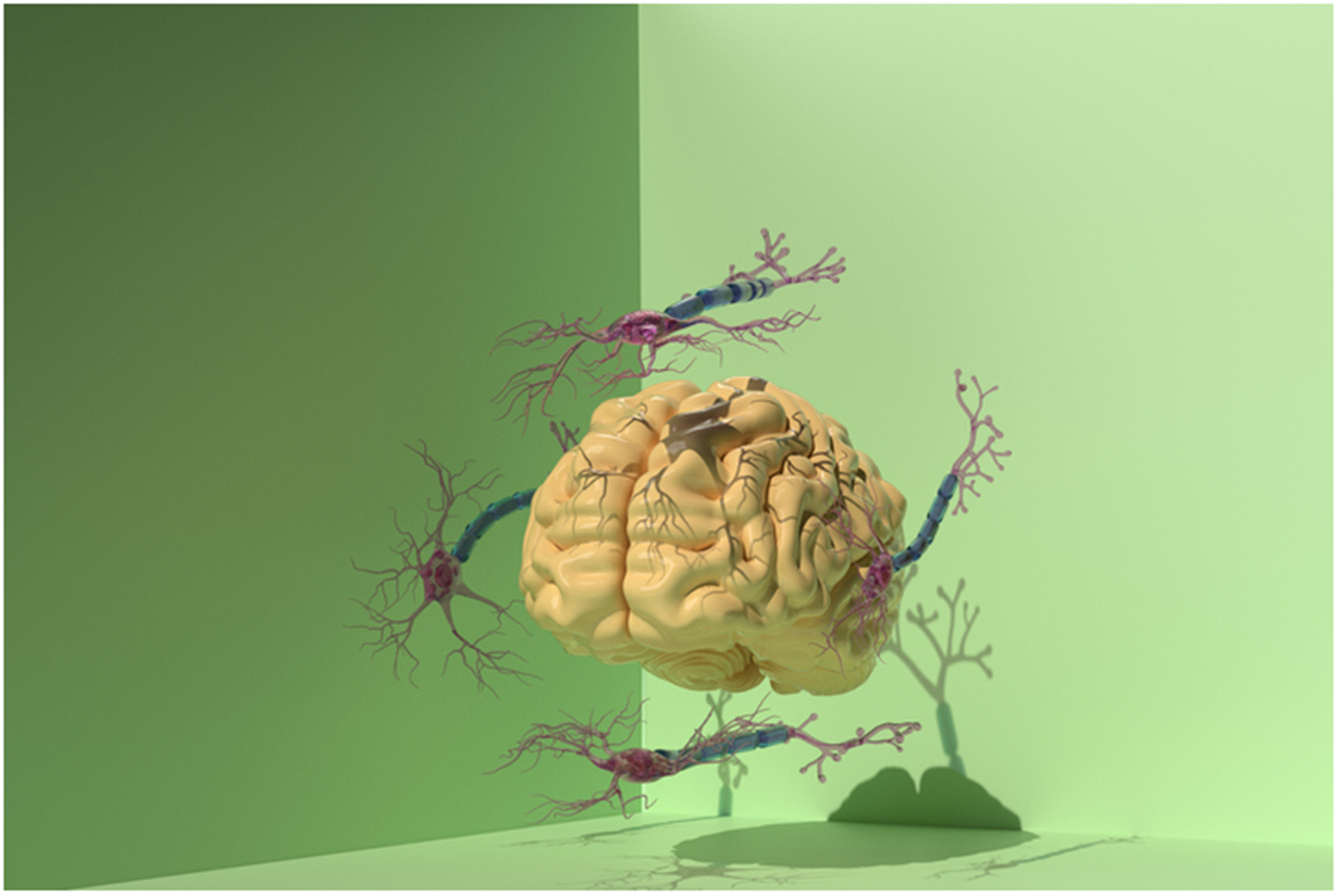Introduction
Biotechnological devices hold immense potential for transforming neurological rehabilitation, but their safety, effectiveness, and necessity must be prioritized. Robust testing and validation processes, along with ethical considerations, are crucial for achieving these goals.
Ensuring safety
Safety takes precedence when dealing with biotechnological devices. Thorough preclinical testing, followed by phased clinical trials, can guarantee their safety. Additionally, post-market surveillance should be employed to identify and address any adverse events or safety issues that may emerge during real-world use. By implementing these measures, we can ensure the well-being of patients.
Ensuring effectiveness
To ascertain the effectiveness of biotechnological devices, rigorous study designs are necessary to prove their superiority over existing treatments or rehabilitation methods. Randomized controlled trials, systematic reviews, and meta-analyses play a vital role in this process. Furthermore, considering patient-reported outcome measures can provide valuable insights into the effectiveness of these devices from the patient’s perspective.
Determining necessity
Determining the necessity of biotechnological devices involves evaluating their added value in terms of improving patient outcomes, quality of life, and cost-effectiveness. Ethical considerations, such as avoiding health disparities and unnecessary medicalization, also need to be considered. By carefully weighing these factors, we can ensure that the use of biotechnological devices is justified and beneficial.
Challenges and solutions
While biotechnological devices offer immense promise, challenges regarding safety, effectiveness, and necessity must be addressed. Technical hurdles, regulatory complexities, and ethical dilemmas pose significant obstacles. These can be overcome by fostering a culture of transparency and collaboration within the biotechnology community, encouraging the sharing of data and best practices, and prioritizing patient-centered research and design. By adopting these solutions, we can navigate these challenges successfully.
Conclusion
To conclude, ensuring the safety, effectiveness, and necessity of biotechnological devices in neurological rehabilitation is a complex but feasible objective. It requires a comprehensive approach that combines rigorous scientific research, ethical considerations, and a commitment to prioritizing the needs of patients. By implementing robust testing procedures, considering patient perspectives, and addressing challenges collaboratively, we can harness the full potential of biotechnological devices in revolutionizing neurological rehabilitation.
How to contribute to this Question
If you believe you can contribute to answering this Question with your research outputs, find out how to submit them in the Instructions for authors (https://www.cambridge.org/core/journals/research-directions-biotechnology-design/information/author-instructions/preparing-your-materials). This journal publishes Results, Analyses, Impact papers, and additional content such as preprints and “grey literature.” Questions will be closed when the editors agree that enough has been published to answer the Question, so before submitting, check if this is still an active Question. If it is closed, another relevant Question may be currently open, so do review all the open Questions in your field. For any further queries, check the information pages (https://www.cambridge.org/core/journals/research-directions-biotechnology-design/information/about-this-journal), or contact this email ([email protected]).
Competing interests
The authors have no conflict of interest.





